Cambrian Explosion: Life Diversification in the Oceans
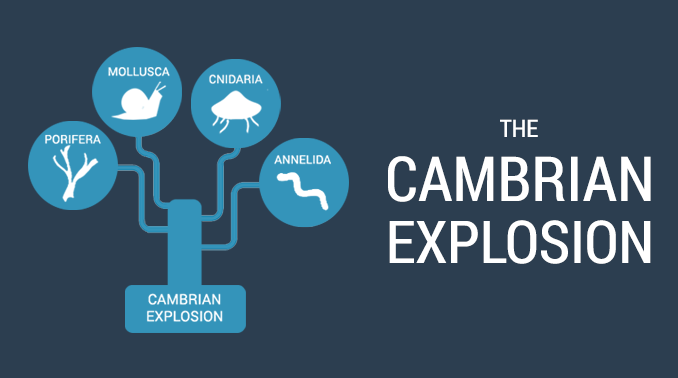
“The Cambrian Explosion is one of the most fascinating intervals in the history of life. About 540-510 million years ago, a burst of evolution gave rise to the largest diversification of life in Earth’s history.”
For example, most major animal groups, such as mollusks and anthropods emerged from the Cambrian Explosion.
Before the Cambrian Explosion, only primitive life forms existed in the oceans. In other words, all organisms existed without hard body parts for the first 3.5 billion years on Earth.
But the Cambrian explosion marked the first time in Earth’s timeline that we could observe fossils. So suddenly, we could observe fossils, exoskeletons, and shells from this period.
So what started the new life during the Cambrian Explosion? And what caused the mass extinction of major animals during the Cambrian Period?
What caused the explosive burst of evolutionary life?
Almost all animals today branched off from the first 40 million years of the Cambrian period. It went from primitive life to something resembling modern organisms today. In this remarkable evolutionary event, new lifeforms started in the ocean. Then, it eventually colonized the land.
During the Cambrian period, there was an abundance of eukaryotic organisms that swam in the oceans. Ocean life started as sparse and simple. For example, Then, there was a colossal amount of life forms that made their first appearance:
- Trilobites
- Brachiopods
- Gastropods
The climate was milder in the Cambrian period. When oceans spilled onto continents, shelled marine invertebrates are believed to have crawled on the land. Algae likely existed but land plants didn’t. Earth resembled much like a desert so animals did not fully colonize the continent.
Did a shift in ocean chemistry spark diversity?

What sparked life to evolve during the Cambrian explosion that lasted over 20 million years? The main catalyst is believed to be a shift in ocean chemistry.
As calcium and magnesium levels in prehistoric oceans changed, so did the species that took residence. For example, organisms developed:
- Calcified body parts
- Flexible limbs
- Eyes
One of the environmental triggers was increased phytoplankton in the ocean. In our modern environment, phytoplankton is the largest producer of oxygen. In prehistoric times, phytoplankton was responsible for increasing oxygen as well. As oxygen levels rose, it boosted the amount that could be used to drive metabolism.
What was the mass extinction that ended most Cambrian life?
The Cambrian period was a time of prosperity in the oceans. As revolutions of life sprung out, it was only followed by catastrophic extinction.
Earth has experienced 5 mass extinctions. More than 99% of species that existed are now extinct. No matter how far back you look, nature has found its way to reshuffle the deck. Cambrian life is no exception.
For example, ocean/atmosphere chemistry, climate change, volcanic activity, and meteor/asteroid impacts have all caused fatal consequences for life on the planet.
As all life hinges on oxygen, scientists attribute the mass extinction to a sudden depletion of oxygen. It’s believed that oxygen temporarily dropped from the upwelling of cooler deep ocean areas.
How is the Burgess Shale relevant to the Cambrian Explosion?
The Burgess Shale is a UNESCO World Heritage Site in the Canadian Rocky Mountains. What’s special about the Burgess Shale is that it has fossils from both hard-body shells and soft tissues in the same place.
It’s like a window into the history of life because it’s like a living snapshot of how life was over 500 million years ago. In fact, much of our knowledge of Cambrian life comes from places like the Burgess Shale where we can observe fossils from soft creatures without shells or skeletons.
The Burgess Shale has many different body plans. In fact, some are ancestors of close relatives of animals we know today. Often, they represent high-level taxonomic groups like phyla that went extinct long ago.
The Cambrian Explosion
The Cambrian explosion was a period of rapid evolutionary development, with macroevolutionary changes occurring very quickly during the explosion.
It was one of the most important events in Earth’s history and is often viewed as a hallmark event in biology.
We also have a guide on the theory of evolution and human evolution as well. Otherwise, if you have a comment, please make sure to drop one below.

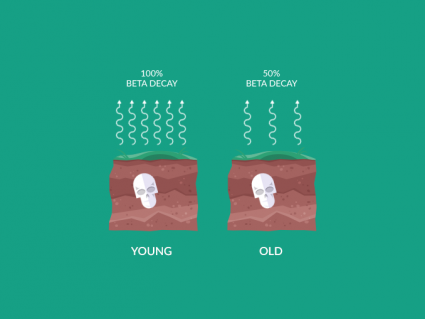
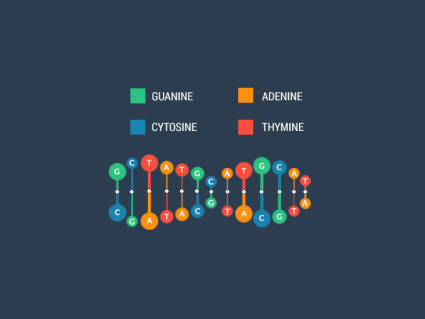

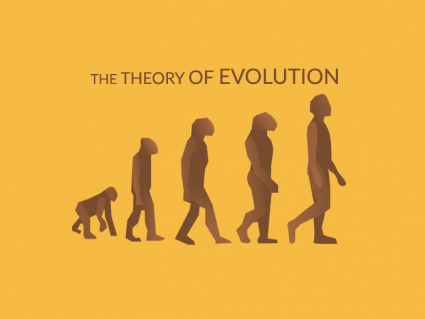

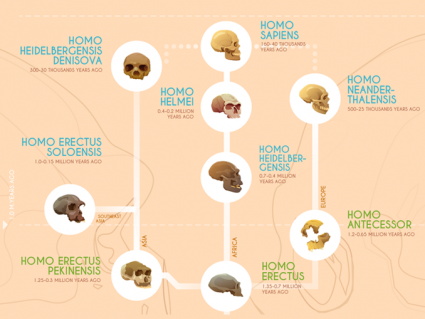

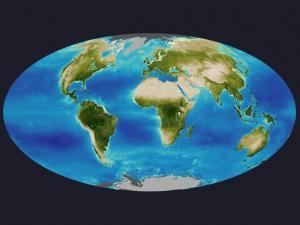
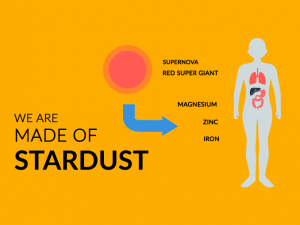
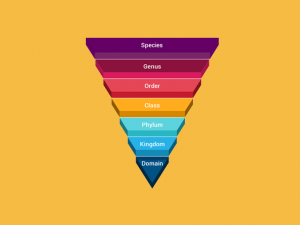
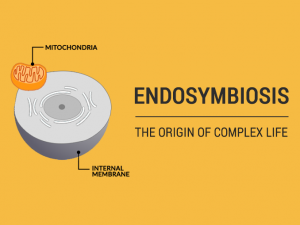
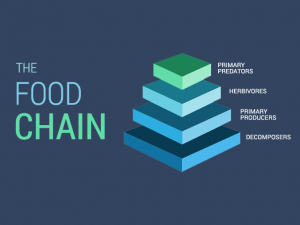
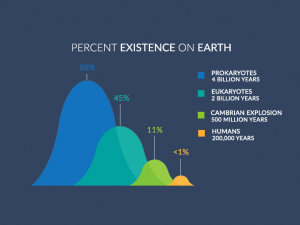
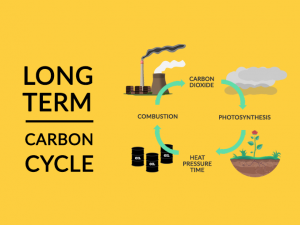
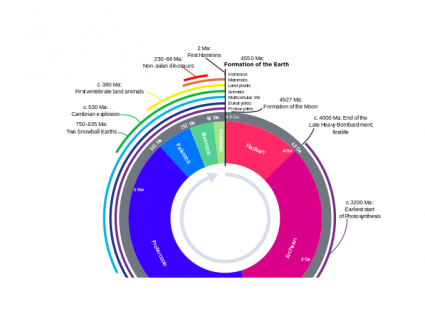


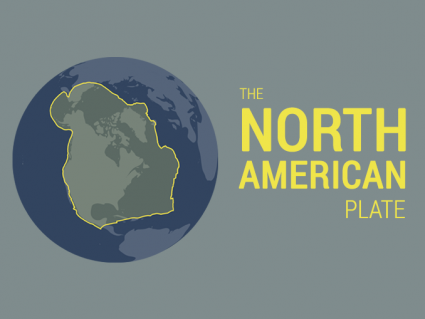

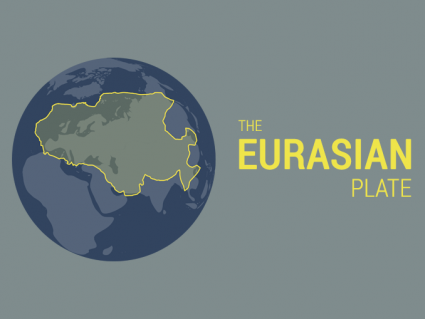

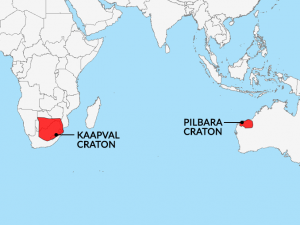
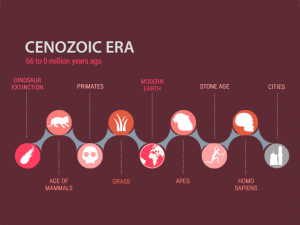

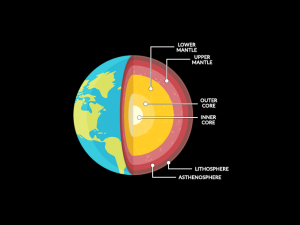
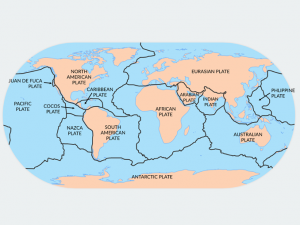

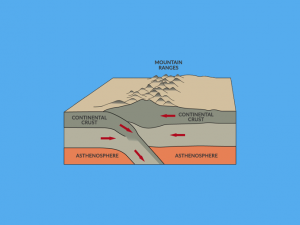
Science fiction seems innocent enough, but there are impressionable people who actually believe this fictional fantasy.